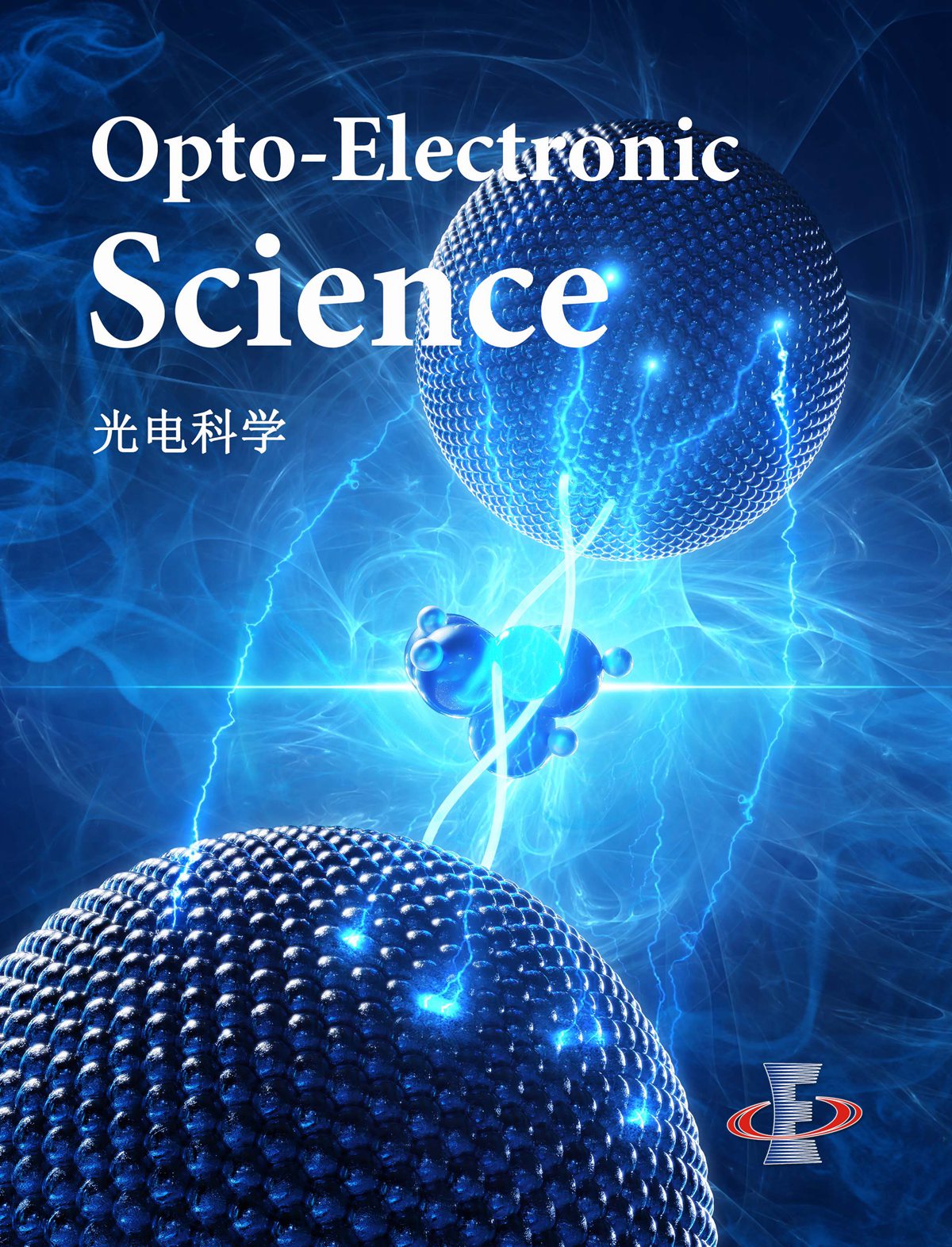 View fulltext
View fulltext
Recently, hexagonal boron nitride (h-BN) has become a promising nanophotonic platform for on-chip information devices due to the practicability in generating optically stable, ultra-bright quantum emitters. For an integrated information-processing chip, high optical nonlinearity is indispensable for various fundamental functionalities, such as all-optical modulation, high order harmonic generation, optical switching and so on. Here we study the third-order optical nonlinearity of free-standing h-BN thin films, which is an ideal platform for on-chip integration and device formation without the need of transfer. The films were synthesized by a solution-based method with abundant functional groups enabling high third-order optical nonlinearity. Unlike the highly inert pristine h-BN films synthesized by conventional methods, the free-standing h-BN films could be locally oxidized upon tailored femtosecond laser irradiation, which further enhances the third-order nonlinearity, especially the nonlinear refraction index, by more than 20 times. The combination of the free-standing h-BN films with laser activation and patterning capability establishes a new promising platform for high performance on-chip photonic devices with modifiable optical performance.
Over the past two decades, femtosecond laser-induced periodic structures (femtosecond-LIPSs) have become ubiquitous in a variety of materials, including metals, semiconductors, dielectrics, and polymers. Femtosecond-LIPSs have become a useful laser processing method, with broad prospects in adjusting material properties such as structural color, data storage, light absorption, and luminescence. This review discusses the formation mechanism of LIPSs, specifically the LIPS formation processes based on the pump-probe imaging method. The pulse shaping of a femtosecond laser in terms of the time/frequency, polarization, and spatial distribution is an efficient method for fabricating high-quality LIPSs. Various LIPS applications are also briefly introduced. The last part of this paper discusses the LIPS formation mechanism, as well as the high-efficiency and high-quality processing of LIPSs using shaped ultrafast lasers and their applications.










